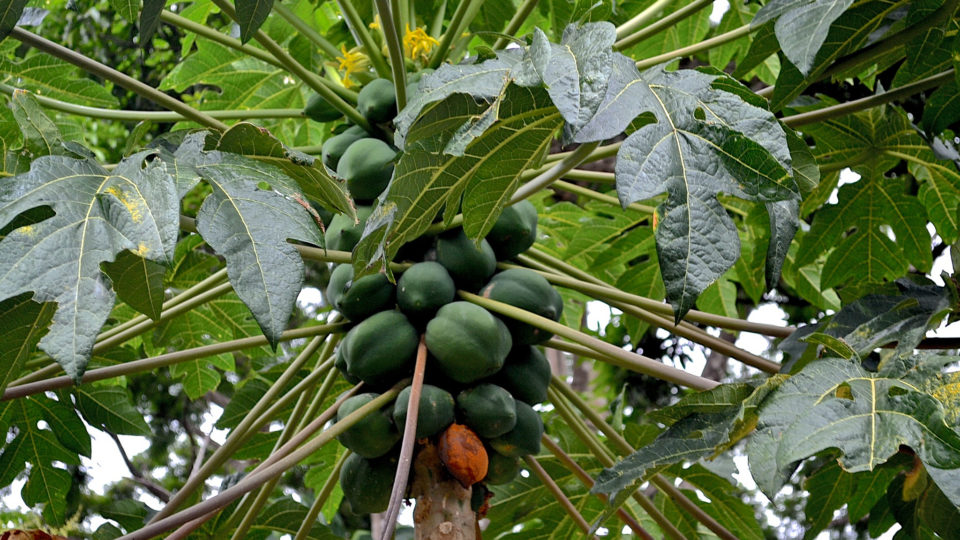The Ivory Coast has lost more than 80% of its forests in the last 50 years, mainly as a result of cocoa production.
The Ivory Coast is a West African country the size of New Mexico and it produces more than a third of the world’s cocoa. But around 40% of the country’s cocoa crop – supplying more than a tenth of the world’s chocolate bars – is grown illegally in the country’s national parks and 230 supposedly protected government-owned forests.
Over the decades, as many as one million landless people from drought-stricken places like Mali and Burkina Faso moved into national parks and protected forests and started farming cocoa. The Marahoue National Park alone has 30,000 illegal inhabitants.
Most cocoa is grown in monocultures of what is known as the full-sun system, which requires the removal of all surrounding trees. As a result, many allegedly protected areas have been completely converted into farms. Most of the cocoa in the Ivory Coast is grown on small farms, typically plots of 7 to 10 acres. The farmers are caught in an exploitative and corrupt system of cocoa trading and land appropriation, and most earn less than a dollar a day. Meanwhile, government agencies charged with protecting the forests are more interested in collecting bribes than safeguarding woodlands.
The Ivory Coast government is unveiling a plan to actually remove protection from most of its remaining forests and hand them over to the world’s chocolate traders. The claim is that this will protect other forests by improving cocoa productivity in already deforested areas. Needless to say, conservation groups are dubious that the new plan will positively impact an already terrible situation.
**********
Web Links
The Real Price of a Chocolate Bar: West Africa’s Rainforests
Photo, posted April 17, 2015, courtesy of Tom Coady via Flickr.
Earth Wise is a production of WAMC Northeast Public Radio.
